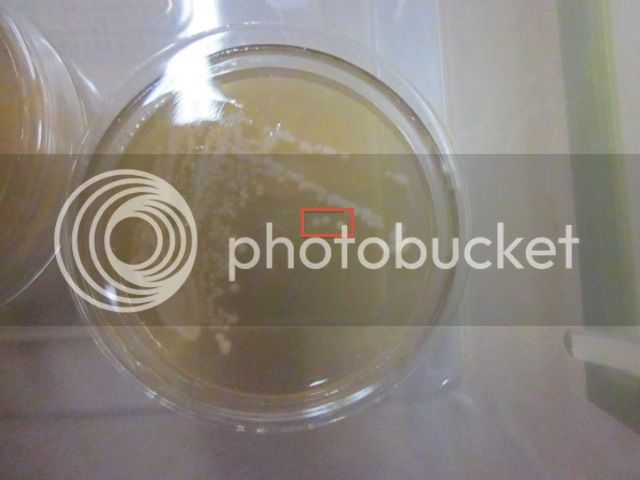Can someone take a look at these pics and let me know if I am doing this right, don't want to waste or mess this up. This is my first time washing yeast. I made a Cream Ale with Pacman yeast. OG was 1.047 and it appears to have finished out at 1.007. I had never used Pacman yeast before and it appeared to have settled out into large chunks. I added my boiled/cooled water and filled up three mason jars (one large, two small) with the intention to decant and pour those into two final small jars. My question is, is the bottom stuff which appeared to be the chunky yeast actually trub and/or dead cells? Do I only go after the white middle portion? I would hate to waste good yeast, since that is exactly what I am trying not to do. Sorry if this is a newbie question, but I've never done this before. Any help would be appreciated, thanks.




